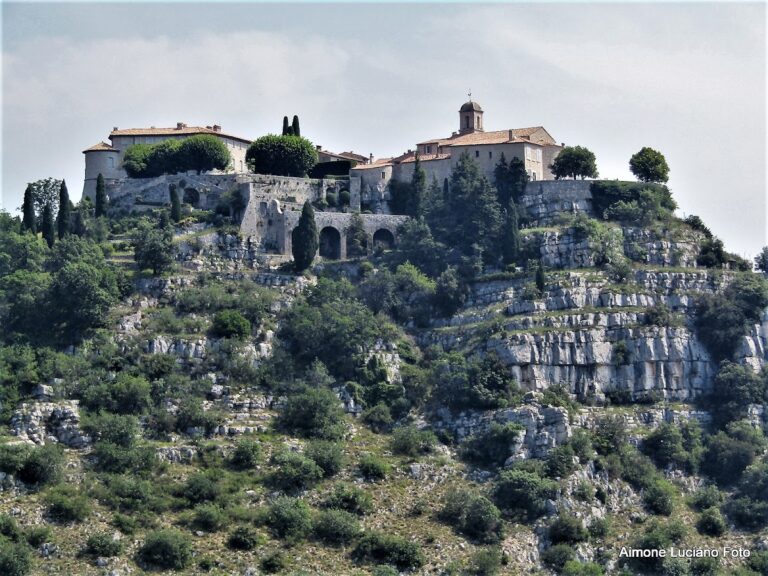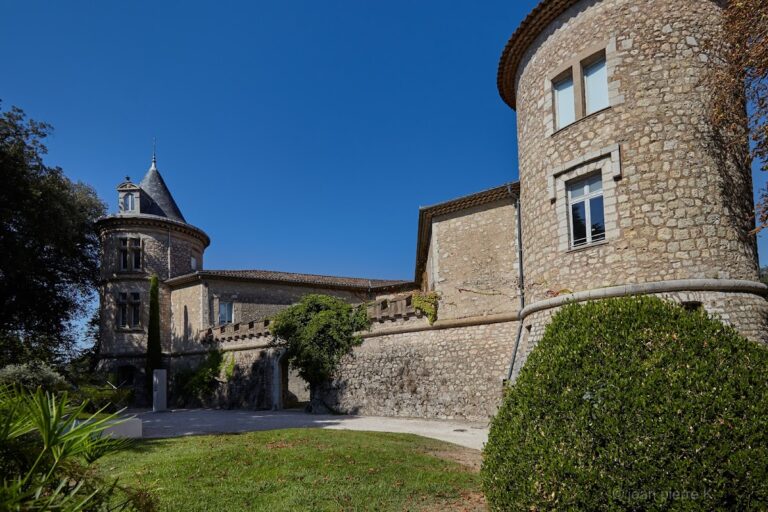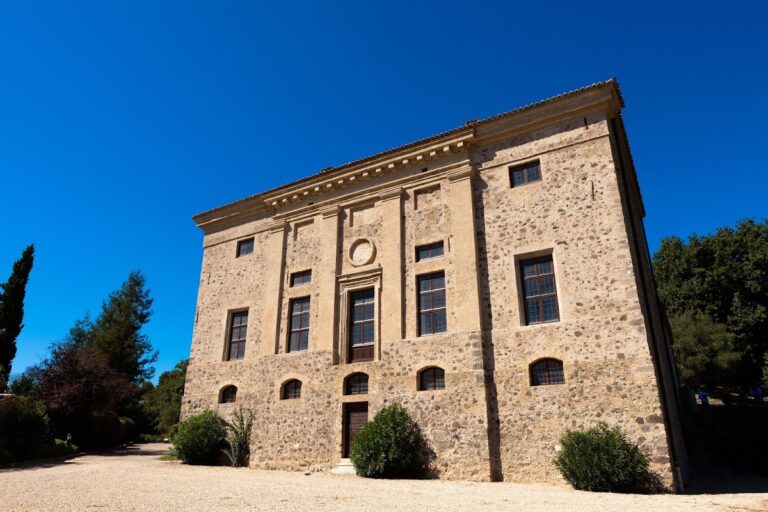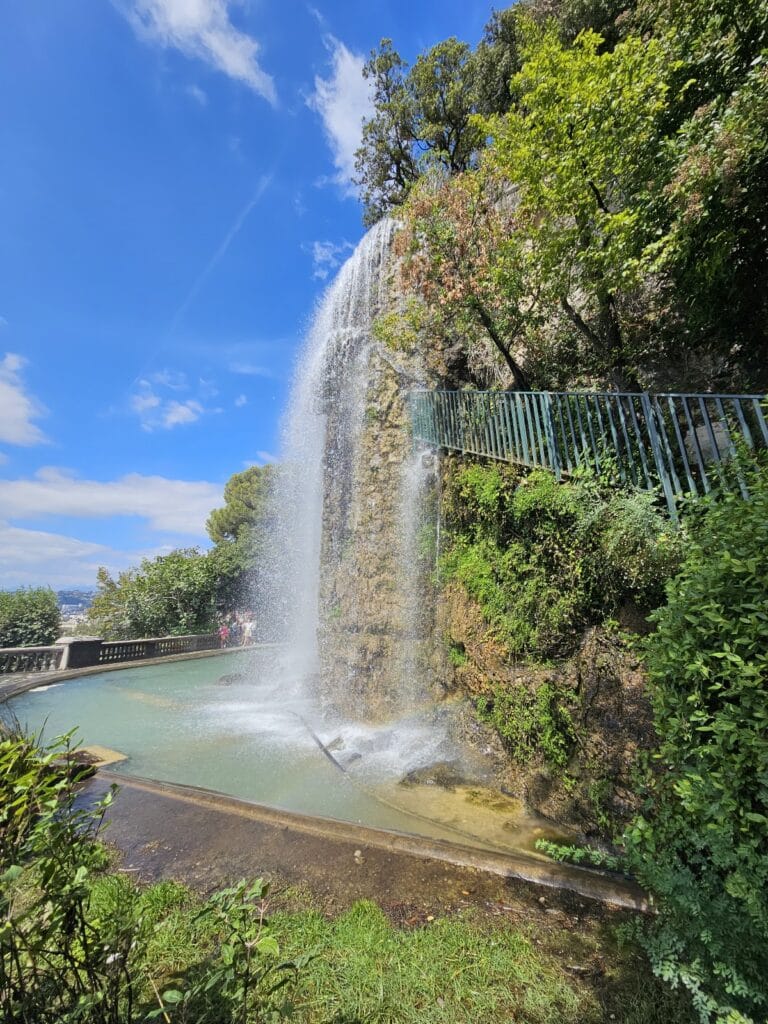Citadelle d’Entrevaux: A Historic Fortress in France
Visitor Information
Google Rating: 4.5
Popularity: Low
Google Maps: View on Google Maps
Official Website: www.verdontourisme.com
Country: France
Civilization: Unclassified
Remains: Military
History
The Citadelle d’Entrevaux stands in the village of Entrevaux in modern-day France. It was built by the Provençal inhabitants on a rocky outcrop that overlooks the village and bends of the Var river, taking advantage of natural defensive features.
The earliest known settlement in the area, called Glanate, was established shortly before the Christian era near where the village is now. Due to increasing insecurity during the medieval period, residents gradually relocated to the more easily defended site atop the rocky spur, giving rise to the fortified position that would become the citadel.
Entrevaux played a strategic role as a frontier town between the territories of Savoy and Provence for over five centuries, until the County of Nice was incorporated into France in 1860. The barons of Glandevès, a noble family tied to the County of Provence, governed the area during much of this time. In 1536, the town was occupied by imperial forces under Charles V during his invasion of Provence, but local resistance swiftly reclaimed the citadel after a revolt ignited by the assassination of the Spanish governor by a barber, demonstrating strong communal defiance.
Following this dramatic episode, the dauphin (the heir apparent to the French throne) and later the king recognized Entrevaux’s significance by naming it a “royal city,” which granted it exemption from various taxes and duties. During the 17th century, the fortress underwent reinforcement under Cardinal Richelieu, with further important enhancements implemented between 1683 and 1702 by Sébastien Le Prestre de Vauban, the renowned military engineer of Louis XIV.
The citadel’s military importance was confirmed during the War of the Spanish Succession when, in 1704, it successfully withstood attacks by the allied forces of the Duke of Savoy and the Austrian emperor. Up to 1860, the fortress remained a critical stronghold guarding the Var valley border, noted for its formidable defenses and the bravery of its defenders.
Its final military function came during the First World War, when the fort was repurposed as a prison to hold German officers. Subsequently, the citadel was officially recognized for its historical value and protected as a monument in the early 20th century, with successive listings in 1921, 1927, and 1937.
Remains
The Citadelle d’Entrevaux occupies a commanding position on a rocky promontory that rises sharply above the village, nestled within a bend of the Var river which enhances its defensive advantage. Its fortifications make full use of the natural terrain to complicate any attack and to maximize visibility over the surrounding landscape.
Approach to the citadel is strictly on foot via an 800-meter long path that ascends from the village. This route is carefully arranged in nine sequential ramps, collectively rising 156 meters, allowing for controlled access that enhances defense by limiting potential attack routes.
The defensive walls themselves comprise well-preserved ramparts and bastions whose construction reflects centuries of military innovation. Originally reinforced in the early 1600s under Cardinal Richelieu, the fortifications were extensively remodeled later in the 17th century by Vauban, whose work introduced advanced military engineering concepts. These include reinforced stone walls and bastioned projections designed to improve resistance to artillery and provide overlapping fields of fire.
Though primarily functional and austere, the fortifications stand today as a testament to evolving military architecture of their time. The site remains largely intact in situ, illustrating the layered history of defensive improvements that helped the citadel maintain its reputation for impregnability. No inscriptions or decorative elements have been recorded on the structures, underscoring the utilitarian nature of this stronghold.










